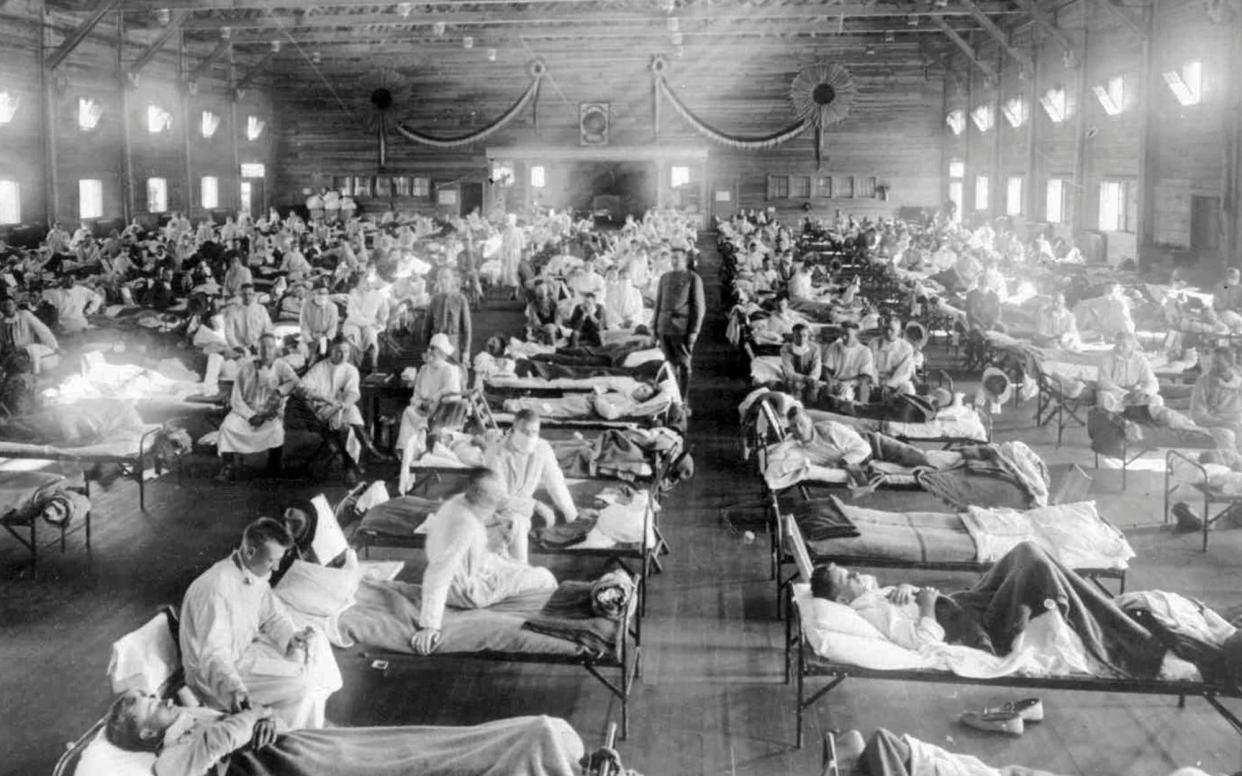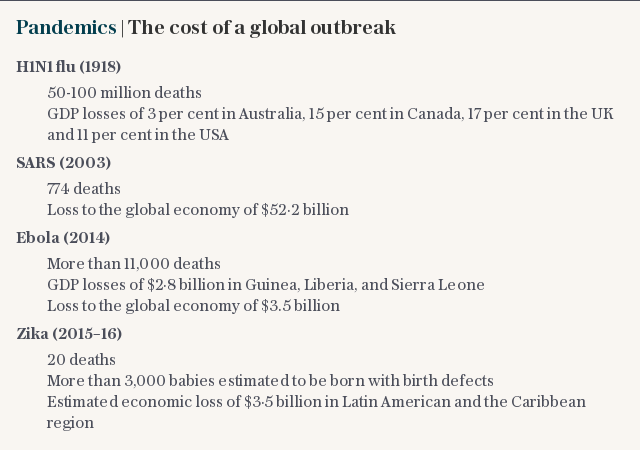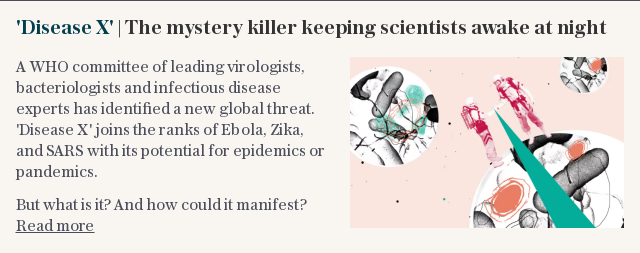Rise of obesity and diabetes could exacerbate future flu pandemics

The growth in rates of obesity and diabetes and the threat of antibiotic resistance could turn even a mild flu outbreak into a severe one, scientists have warned.
Scientists looked at what led to the 1918 Spanish flu, which spread rapidly around the globe as the First World War drew to a close, infecting a third of the world’s population and causing between 50 and 100 million deaths.
They say the world is far better prepared to tackle a flu outbreak today than in 1918 because of a better understanding of how flu spreads and improved surveillance of infections. But they warn that the rise of chronic diseases, coupled with changing population demographics and antibiotic resistance, could exacerbate an outbreak.
Scientists do not know when or how how big the next flu pandemic will be. “But we know that there will be one,” Dr Kirsty Short, virologist at the University of Queensland, told The Telegraph.
“As our population is ageing and chronic diseases are becoming so prevalent, that could turn even a mild pandemic into a chronic one,” she said.

Researchers are yet to fully understand why people with conditions such as diabetes and obesity are more likely to be hospitalised or die from flu but they think these conditions could alter the body’s immune response, reducing the ability to fight the virus.
“There’s been an incredible rate of increase of diabetes and obesity even in my lifetime,” said Dr Short. “This has significant implications on infectious diseases and the spread of infectious disease.
"But because chronic diseases have risen in frequency in such a short period of time, we’re only starting to appreciate all of the consequences," she added.
The study, published on Monday in Frontiers in Cellular and Infection Microbiology, also warned that antibiotic resistance could worsen future flu outbreaks.

In 1918, millions of people died not from the flu, but from secondary bacterial infections because of the lack of antibiotics. But while antibiotics have reduced the death rates in subsequent outbreaks, including the 2009 swine flu and 1968 Hong Kong flu there is a new threat.
“We could be going back to 1918,” said Dr Carolien van de Sandt, post-doctoral researcher at the Peter Doherty Institute for Infection and Immunity at the University of Melbourne. “More and more bacterias are becoming resistant to antibiotics, which could greatly increase the burden of disease.”
Researchers are also concerned about the impact of climate change, which could result in crop losses and malnutrition, making populations more susceptible to flu. Climate refugees could also make it more difficult for governments to respond.
“Displaced people cause chaos in society, and it becomes very difficult for pandemic control due to movement of people, poor reporting and a lack of communication,” said Dr Short.
But as well as changing how humans live, climate could alter animal behaviour. Bird migration patterns, which contribute to the spread of flu, are of particular concern.

“What we see is that birds are the most important reservoir for potentially pandemic influenza viruses, and climate change affects bird migration,” said Dr van de Sandt. “As birds move through new locations, they come into contact with new species, which can affect the spread of new virus’"
The study argues that monitoring of wildlife and livestock, as well as educating the public about how to respond to a pandemic, will be central to tackling future outbreaks.
However, if a pandemic similar to the Spanish flu occurred today, estimates suggest that the death toll could be as high as 147 million people worldwide.
“There is a lot to be concerned about,” said Dr van de Sandt. “We know more, but there’s still a lot to look into - and we still don’t have a vaccine to protect against all the strains of influenza. Developing one is the next big step, but we’re not even close at the moment to getting a vaccine onto the market.”

Protect yourself and your family by learning more about Global Health Security

